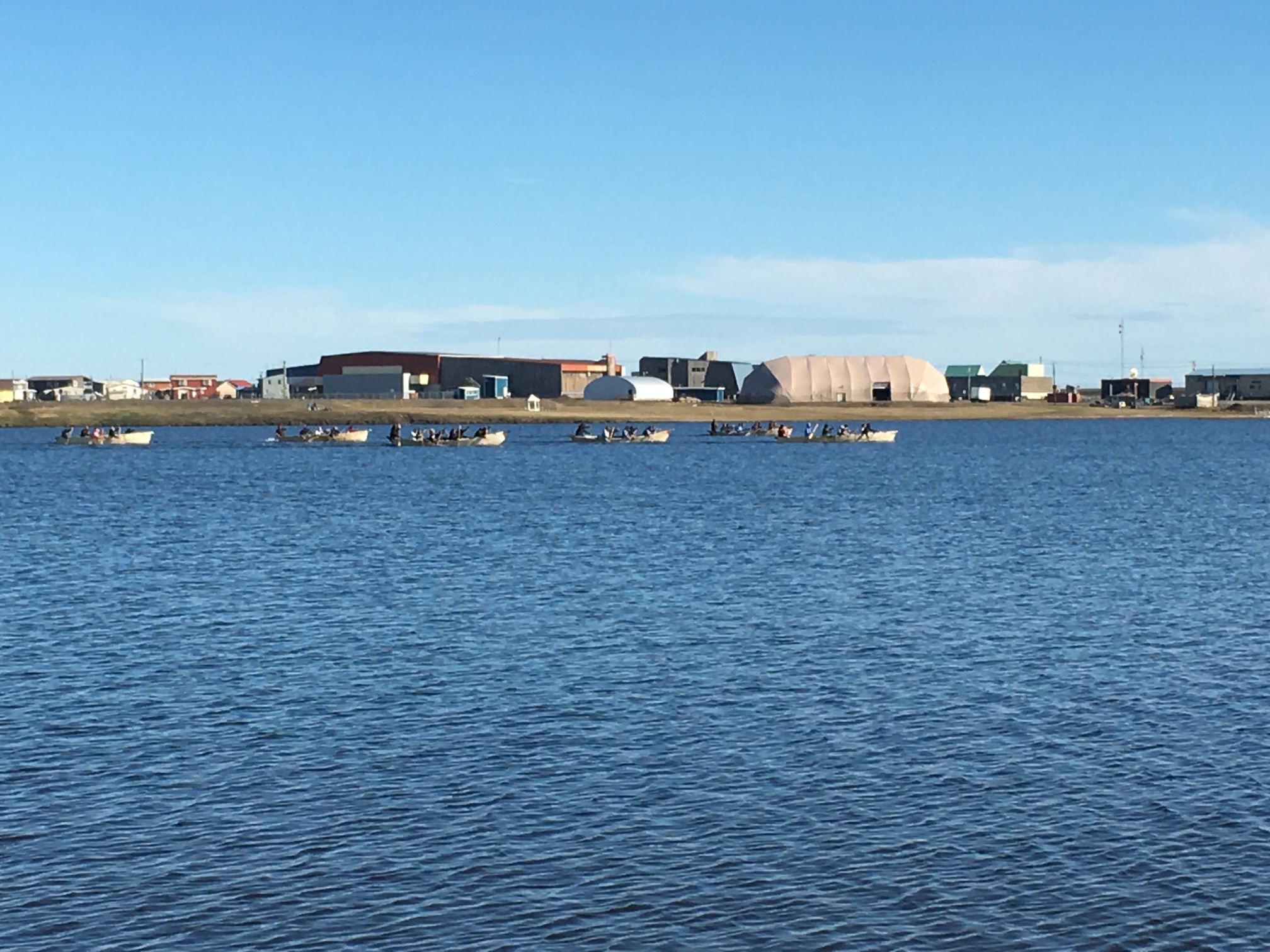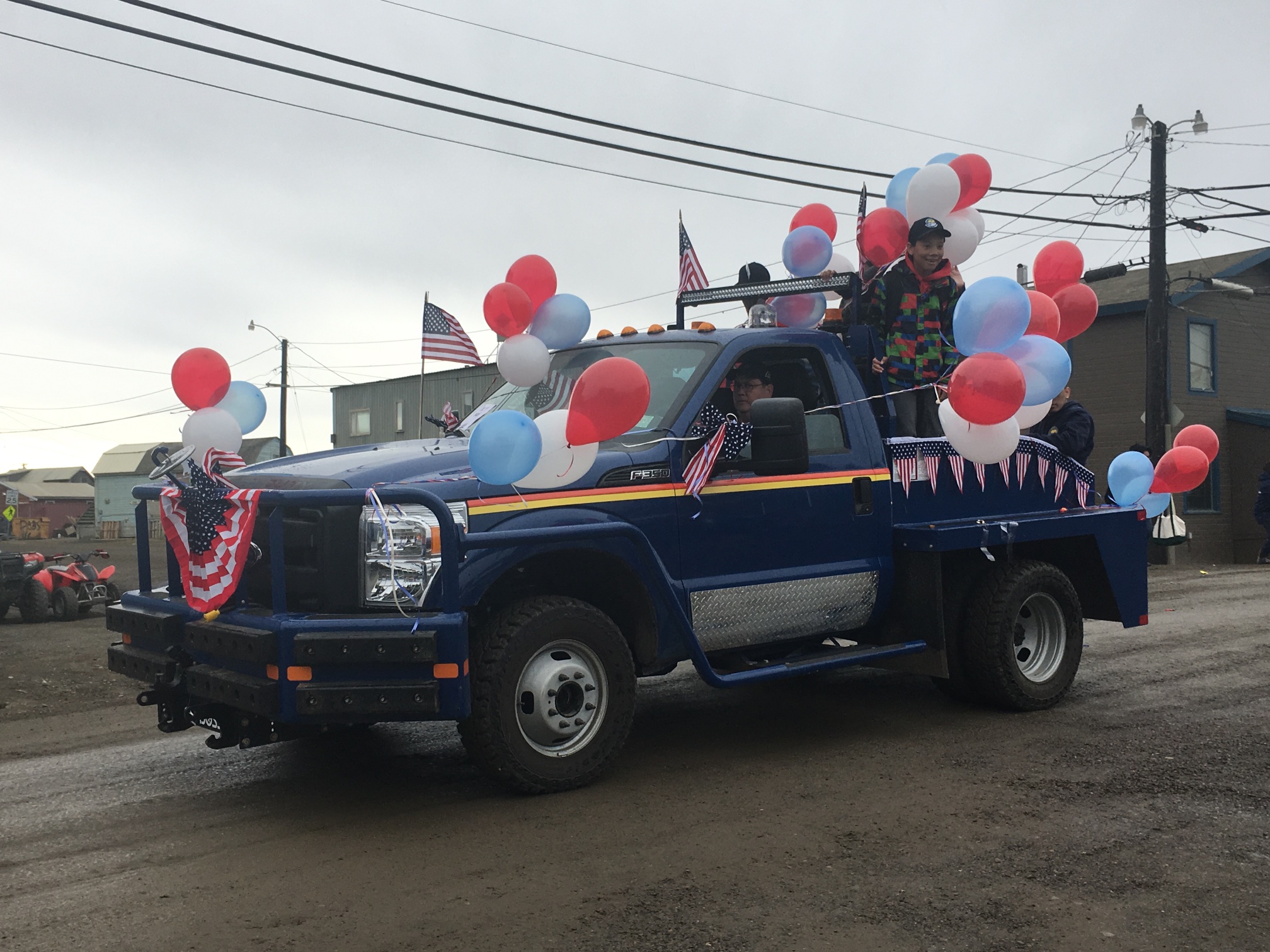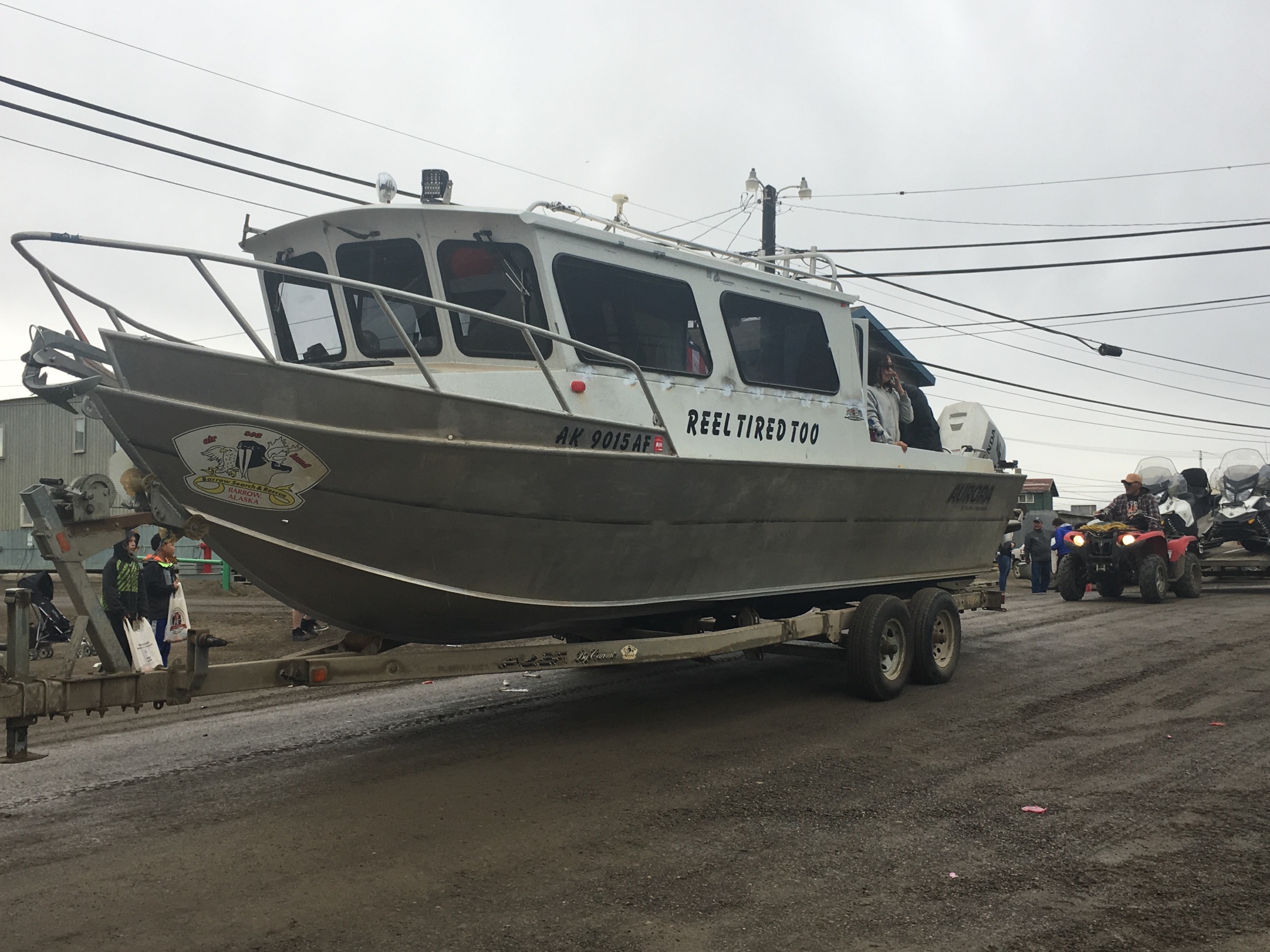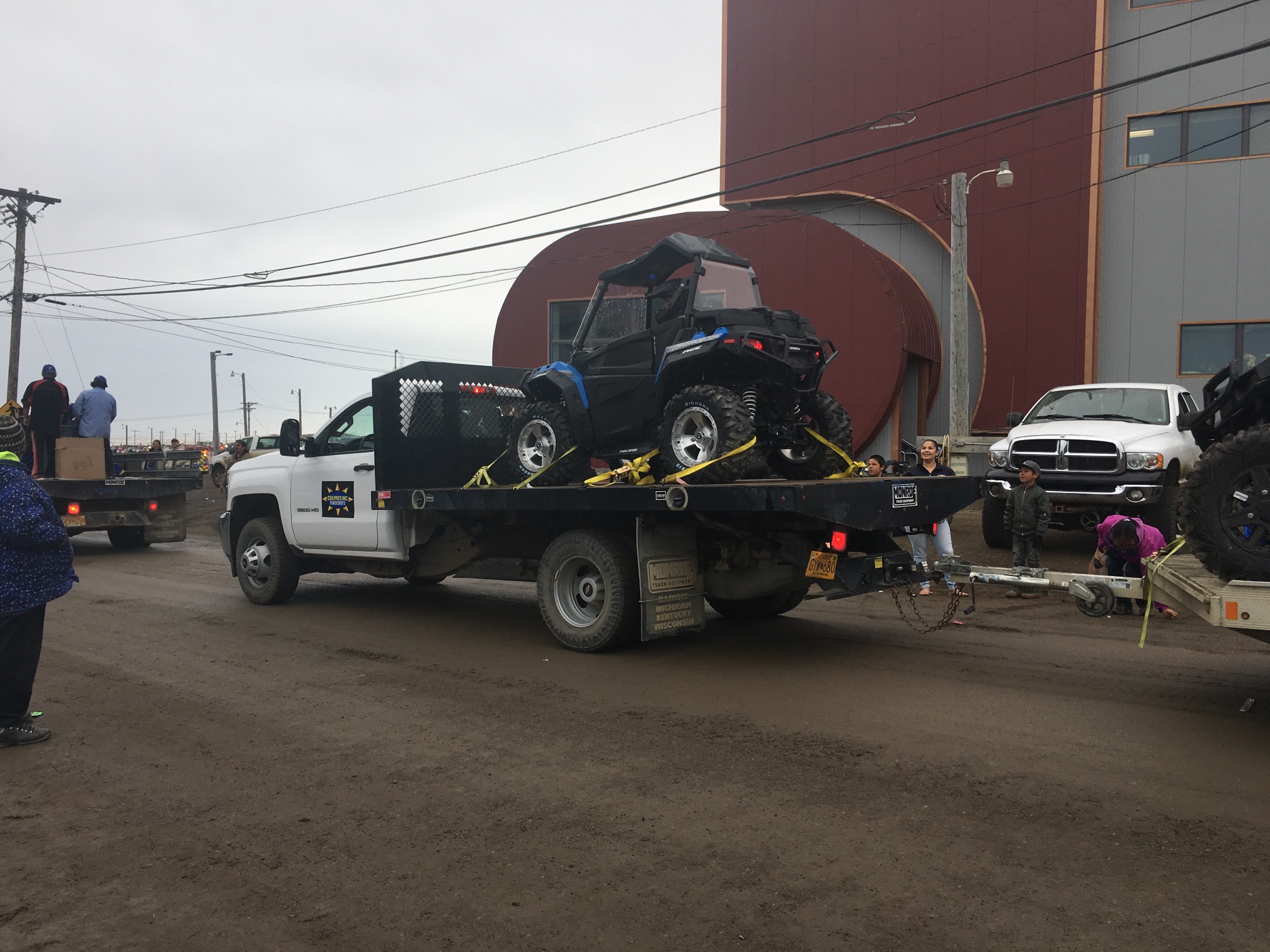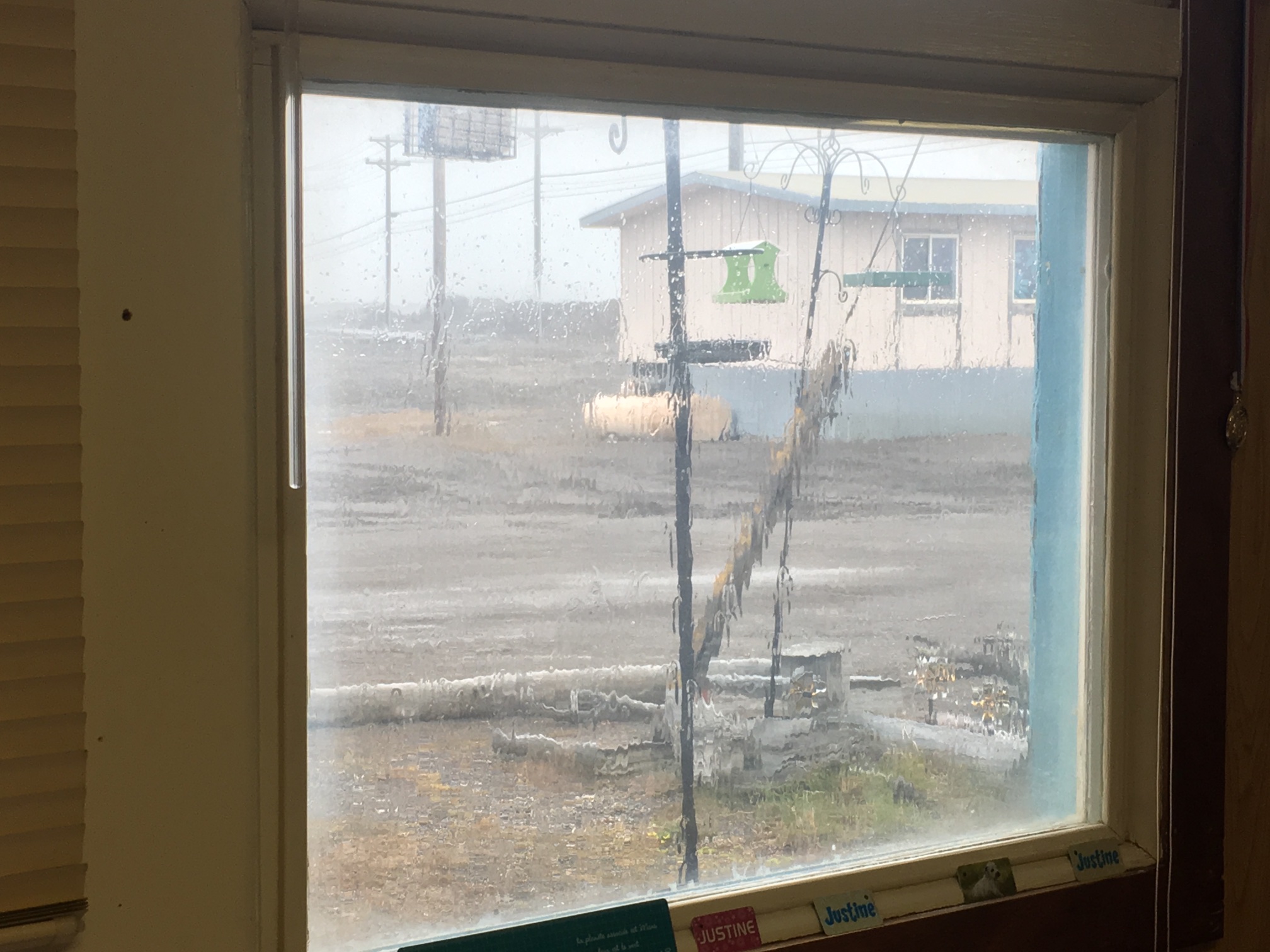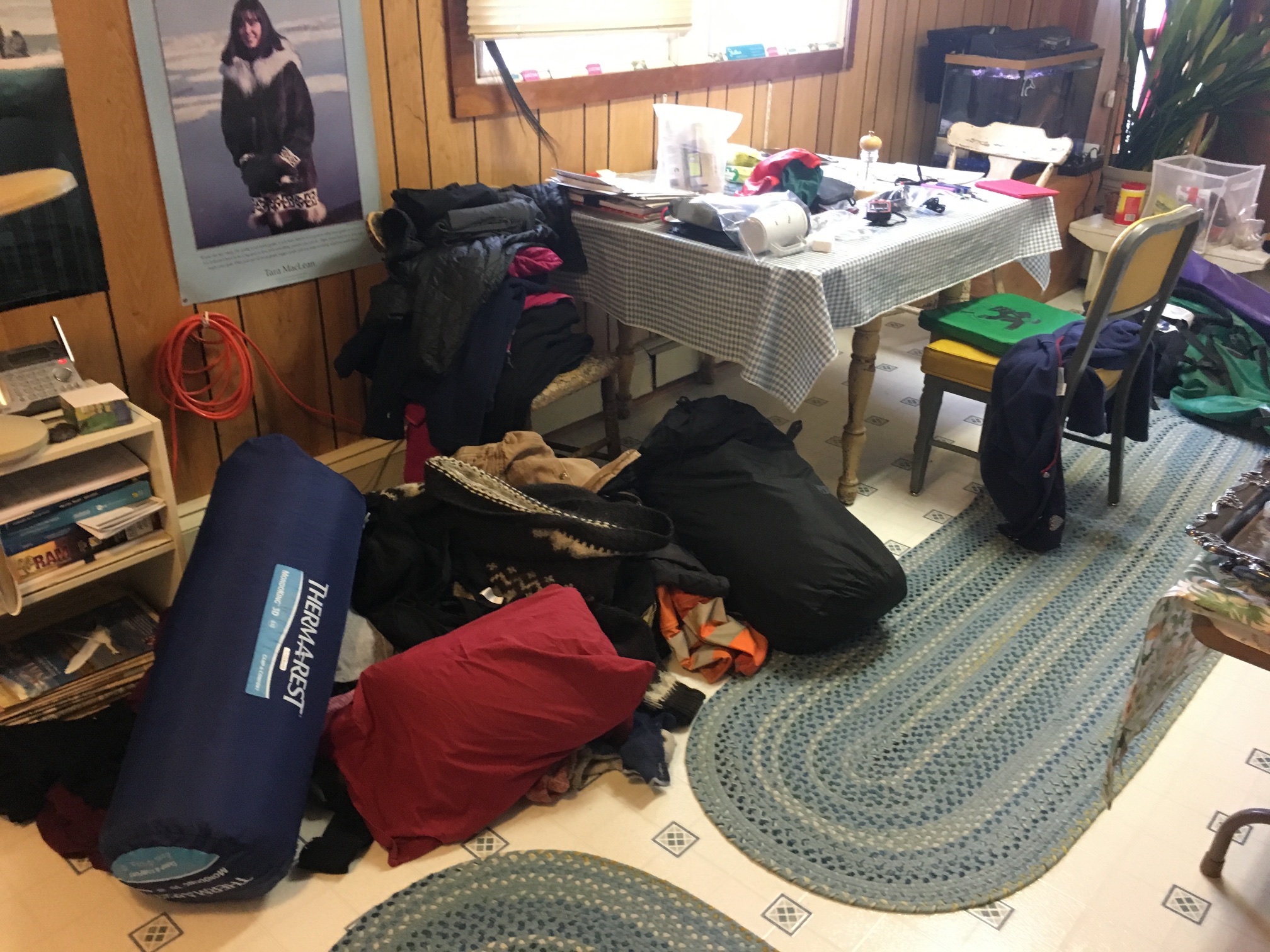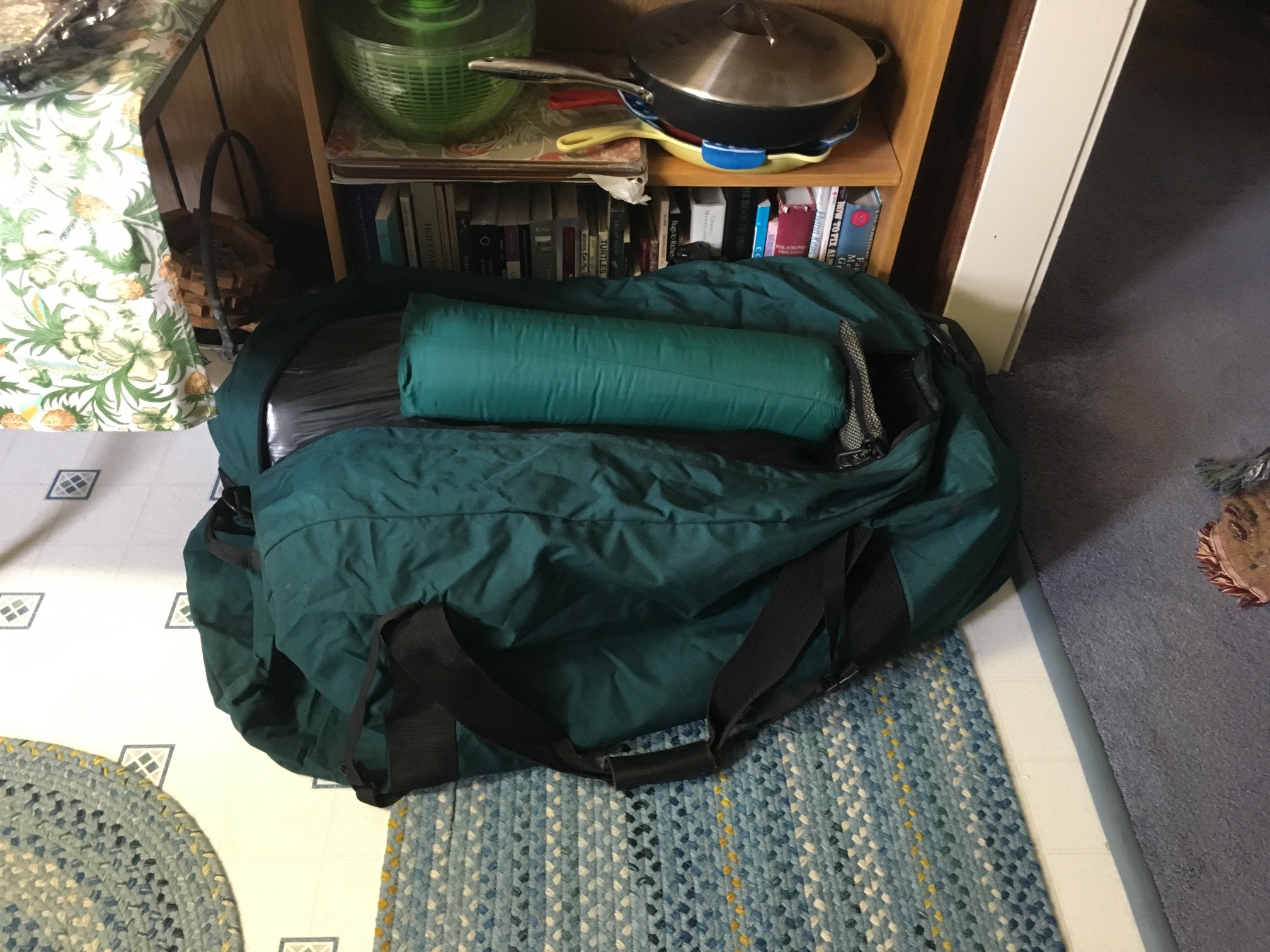Do you work with some aspect of people and permafrost? There is a session on that topic at ICASS X (Arkhangelsk, June 15-20, 2020). The deadline for abstracts is extended to January 20, 2020!
The session is called “People and Permafrost in a Changing Arctic.” The session abstract shown on the website is a placeholder that hasn’t been updated yet. The up-to-date version is below.
Apply here (under the Abstract Submission link) : https://icass.uni.edu
People and Permafrost in a Changing Arctic
For thousands of years, permafrost has been a constant in most of the Arctic. Communities and lifeways have literally been built on the assumption that it would endure in perpetuity. Now, in response to recent warming trends, permafrost degradation and its numerous societal and environmental impacts are becoming widespread. Coastal bluffs eroding into the sea, roads like washboards or washed away, fill collapsing around pilings supporting public infrastructure, archaeological sites and cultural heritage thawing and rotting, and ice cellars thawing and flooding, are only some of the effects becoming commonplace across the Circumpolar North.
This session will bring together interdisciplinary research focused on changing permafrost and its impacts on people and landscapes as well as human resilience and adaptation in Arctic coastal permafrost areas. We seek to develop synergy between researchers interested in these topics and expand PerCS-Net (Permafrost Coastal Systems Network), an international network of researchers dealing with permafrost systems in transition. We welcome papers covering various aspects of these issues, from identifying new types of social and environmental disruption to monitoring to attempts at adaption. Contributions from community members and holders of Indigenous knowledge and local knowledge and researchers successfully engaging directly with Indigenous communities are particularly welcomed.
Deadline is January 20, 2020.
Apply here (under the Abstract Submission link) : https://icass.uni.edu
—

